By: Jimmy Gray, Director of Government Affairs
Business leaders and elected officials from Horry County often point out how important our local economy is to the overall state economy. Legislators from around the state know that Horry County is helping pay for the projects their constituents depend on. So, with the help of our Business Intelligence Officer, we crunched the numbers. There’s no need to speculate, Horry County is the engine for the state’s economy. Here are the facts:
State Accommodations Tax
This tax is applicable to the rental of transient accommodations in SC. Such rentals are subject to a 2 percent state accommodations tax, in addition to the 5 percent sales tax and any applicable local tax. Revenues from the State Accommodations Tax are sent to local municipalities around the state to decide how they want to spend the money.
In FY2018 (July 2017-June 2018), Horry County State Accommodations Tax revenue made up 29.4 percent of all the revenue generated statewide – more than any other county in the state. Charleston County came in second at 25.8 percent. In real numbers, that means Horry County contributed over $21.2 million of the $72 million collected by this statewide tax which is collected in all counties.
State Admissions Tax
Admissions taxes are collected by amusement facilities where an admissions fee is charged. The tax is 5 percent of the paid admissions. Similar to the State Accommodations Tax, State Admissions Tax revenue is distributed for priority projects statewide.
Horry County accounts for just over 25 percent of statewide Admissions Tax revenue. Charleston County is a distant second at 16.3 percent of the tax revenue. In real numbers, Horry County contributed $9.9 million of the $39.5 million collected by this state revenue stream in FY2017-18.
Net Taxable Sales
We should expect Horry County to top the statewide charts for Accommodations and Admissions Taxes. We have more hotels and amusements than other counties. Let’s dive deeper into SC Sales Tax and look at the net taxable sales that took place in counties across the state for a sample month – July 2018. The statewide sales and use tax rate is six percent in South Carolina.
For our sample month, July 2018, South Carolina generated a total of $6.67 billion in net taxable sales – not a bad month by any stretch of the imagination. Horry County’s net taxable sales during that same month were $835.3 million. Horry County accounted for 12.5 percent of the total net taxable sales statewide. Charleston County came in second at 11.3 percent.
Some may argue that it’s disingenuous to pick our busiest tourism month, July, to fit this narrative. But when you look at total net taxable sales for full-year FY2018, Horry County is just behind Greenville and Charleston counties with a total of nearly $6.7 billion. It’s important to note that both Greenville and Charleston Counties have a larger permanent population than Horry. Net taxable sales per capita shows Horry County in second place at $19,991 per person – just $1,118 less than Charleston County. It’s worth noting that Horry County’s annual net taxable sales exceeds that of other counties with higher permanent population, like Richland County.
The picture is clear: Horry County is perhaps the most critical component for state revenue. With this information, we’ll continue to advocate in Columbia for more investments along the coast. Projects like beach renourishment, deep water ocean outfalls, infrastructure improvements and tourism programs are an investment not only to the coast, but to the entire state.
*Note: Data used for this article is publicly accessible information provided by the South Carolina Department of Revenue and the U.S. Census Bureau

